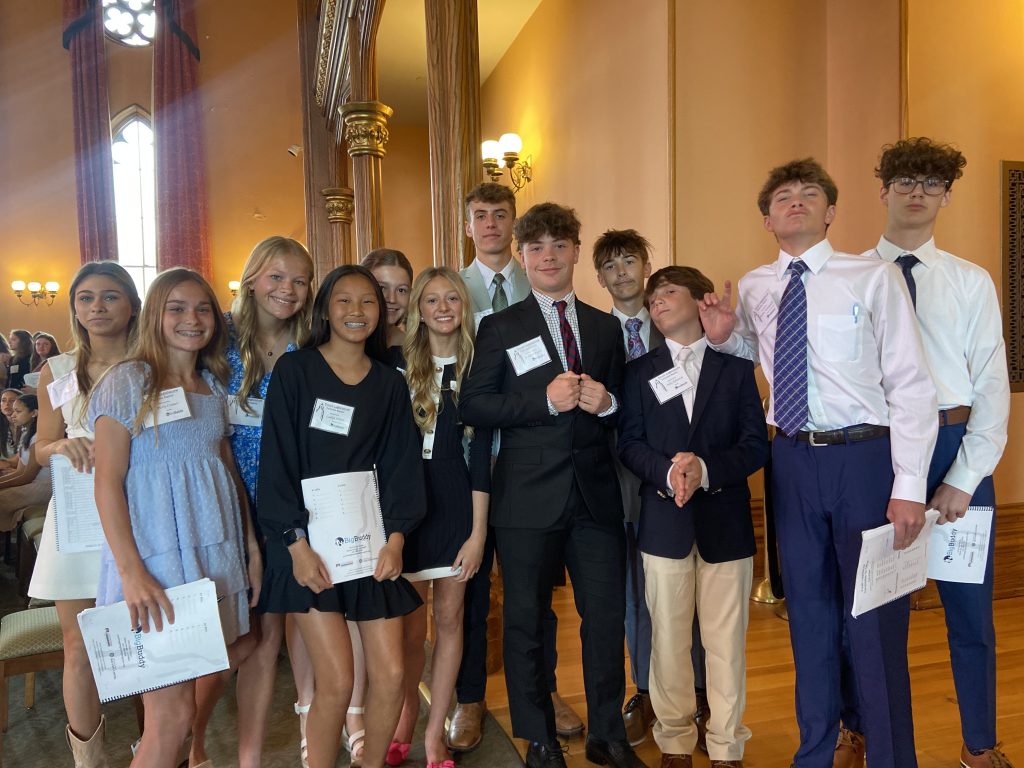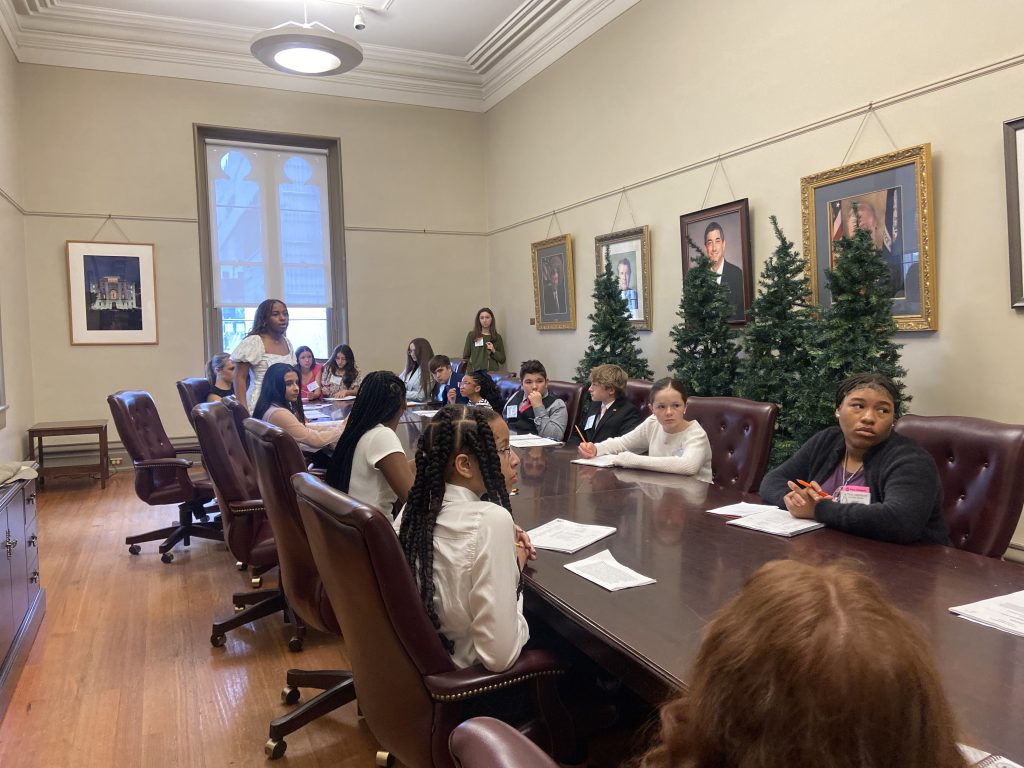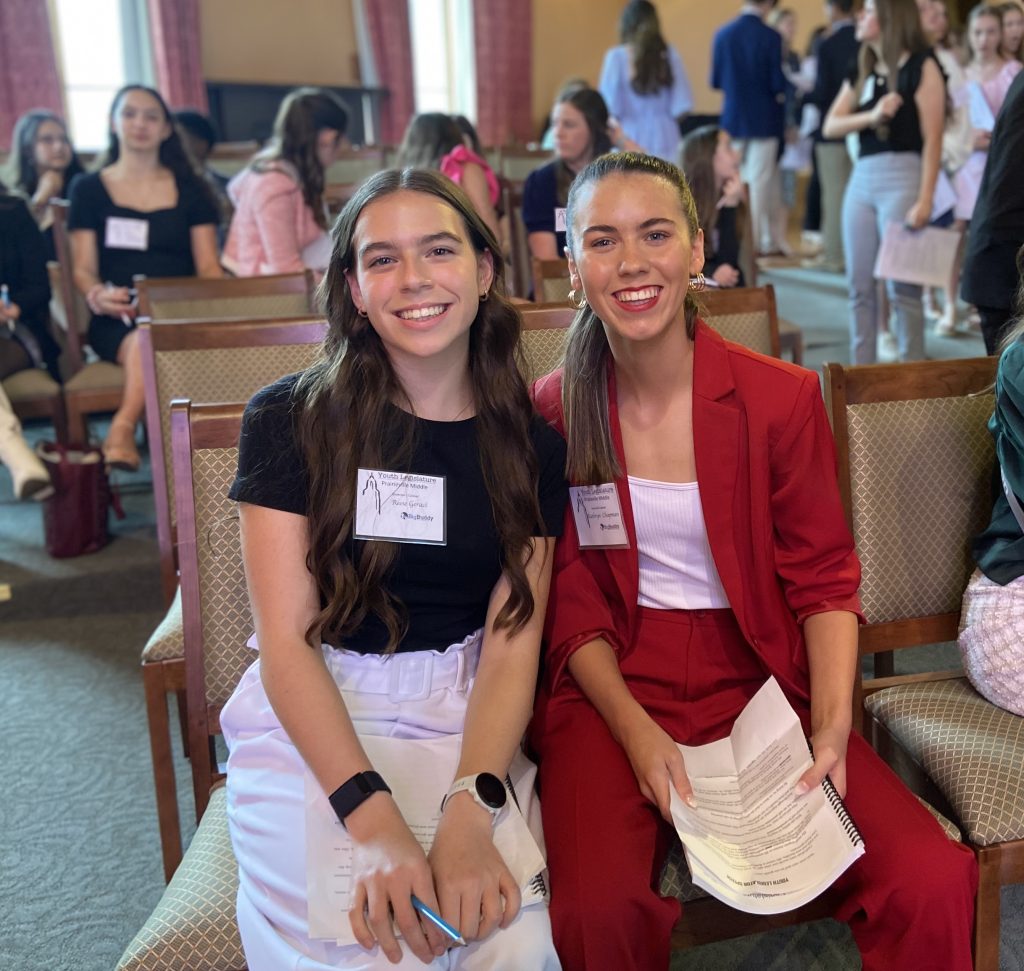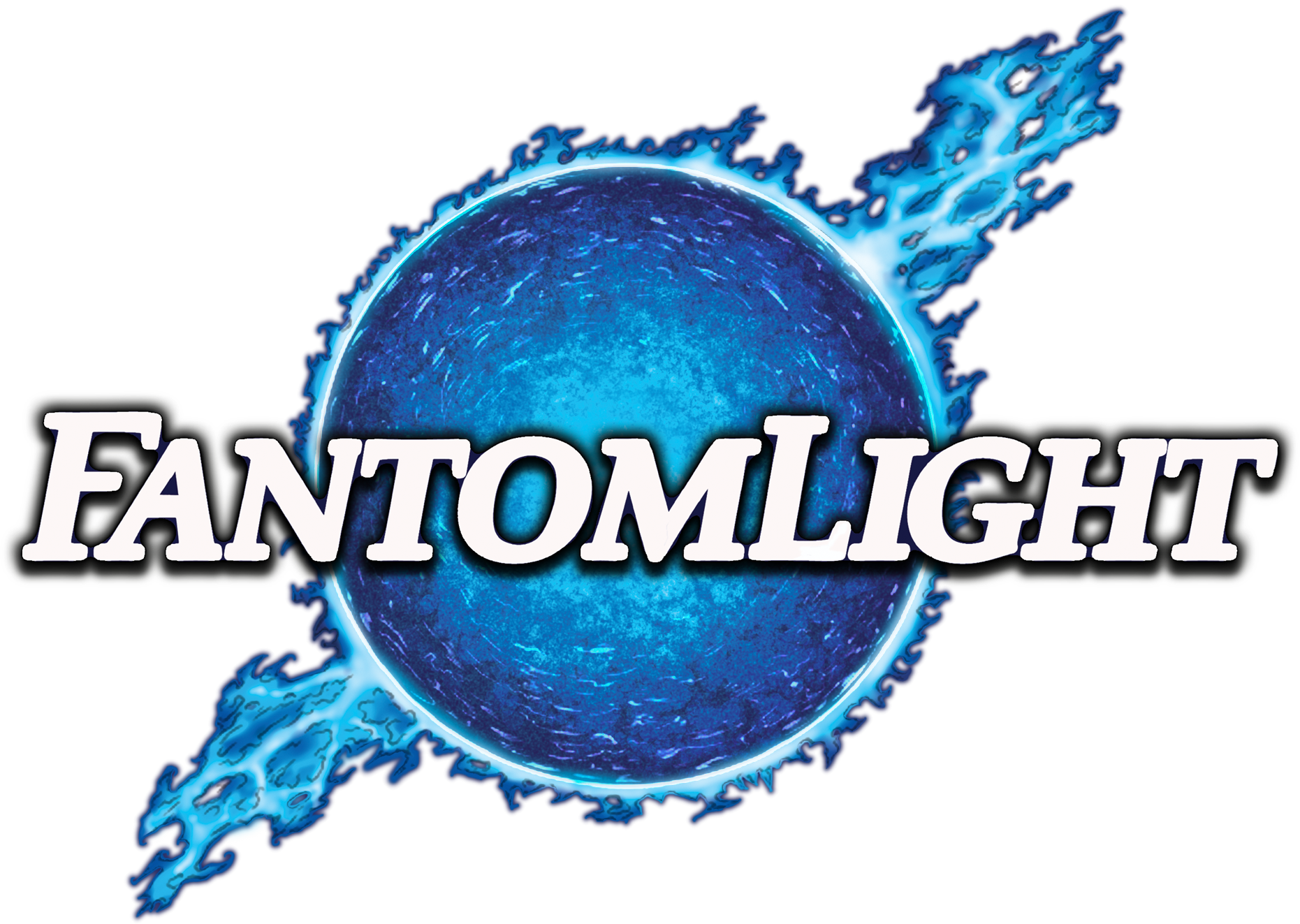Strengthening Tomorrow’s Voices: Inside the Youth Legislature Program
April 5, 2024
By Taelah Ellsworth
FantomLight Productions
“We may be young, but our voices are powerful,” said Skylar Z. as she stood at the podium in front of the large crowd of her fellow legislators in the House chamber of the Old State Capitol.

Skylar is a student at Parkview Baptist, one of the many middle schools taking part in Youth Legislature from March 4 – April 11.
Youth Legislature is a program hosted by Big Buddy that provides middle school students with a hands-on, student-led experience to better understand the political process of Louisiana. Through mock legislative sessions, participants gain an understanding of how the government operates, while learning that their opinions hold weight and their voices are influential.
“I think when you read about it in a book, or a teacher teaches it to you, it’s so difficult,” Big Buddy Strategic Initiatives Manager Lauren Godard explained, “So, for them to go in and act out these roles, that really makes them learn the legislative process.”
Youth Legislature Background
Youth Legislature started in 1978 with Campfire USA. Similar to the program today, it offered students a firsthand look at policymaking and the legislative process. When the local Campfire office closed, however, the Boys and Girls Club generously provided a new home for the program for nearly 13 years. Two years ago, this organization merged with the Boys and Girls Club of Metro Louisiana and Youth Legislature was forced to find a new home. Big Buddy graciously stepped up and has successfully run the program ever since.
Leaders of Tomorrow
Also known as Youth Leg, this program stands out for its unique approach to working with middle school students. It allows students to not only understand the complex nature of government, but also see themselves in that process. Students must run for Governor, Speaker of the House, and Senate President. Those students who are not chosen as candidates, must be Representatives, Senators, or Press. They must also create bills, present them in session, and try to garner enough support from their peers to pass them into law.
Mental health assistance, education, prescription costs, prison reform, gun control, bullying, environmental needs, and child abuse are just a few of the bill topics that can be heard at any of Youth Legislature’s eight sessions. Many of these bills succeed and are brought into law, but just as in Louisiana’s adult legislature, many of them come to an unfortunate end on the House or Senate floor.
Preparation for these mock legislative sessions begin weeks and even months before the students arrive at the Capitol.
“I love the fact that they get the experience of being a part of the government and making the bills – being the change,” said Stacey Goodson, 8th Grade Teacher at St. Amant Middle School. “They talked using several different quotes, Gandhi’s quote, but they’re able to be the change and make an impact. So, it’s good for them to see that and really participate in it and not just hear about it.”

Youth Leg gives students the space to comfortably explore topics and bills important to them and the structure to respectfully voice their opinions. The end result is a program that allows students to be their best.
Godard remembers being blown away by one of the Governor candidates in her first year overseeing Youth Legislature.
“She did such a good job. I was so impressed that an eighth grader had the ability to talk to a room like that.”
The student went on to apply for Louisiana’s Youth Advisory Council, a group of students who represent the voices of young people across the state in the legislative decision-making process.
Godard had the pleasure of writing the student a recommendation letter, which inspired her to have more conversations with other students in hopes of helping them take their Youth Legislature experience to the next level.
Youth Leg’s Impact
The overall purpose of Youth Leg is for students to become civically engaged in order to help the community to succeed. To do this, students need to learn that everyone has a different viewpoint.
“It’s important to know the whole dynamic [of the legislative process] because not everything is black and white,” explained Elizabeth Heath, Youth Leg Secretary. “There’s always some gray in the middle, and they have to learn to come to the middle so that everyone can at least inch forward.”

Even though Youth Leg is a program catered to students, it also has a lasting impact on those who work with the children. Youth Legislature House Advisor Cheryle Totten thinks back to her first years with the program and how she dreaded speaking on the microphone because she didn’t want to say the wrong thing. But as time went on and she helped students overcome their fear of speaking, she found the strength to overcome her own.
“I’ve grown to be more comfortable and know that it’s okay to make a mistake.,” said Totten. “I try to let that be shown in the way that I treat the students. Like if I know somebody comes up to the microphone and they’re shaking, I’ll just go and put my hand in the center of their back, just so they know somebody’s got them.”
What’s to Come
Currently, Youth Legislature spans four weeks and includes eight sessions. Each session lasts two days with participating schools attending one full session. By the end of its eighth session on April 11, Big Buddy expects to have catered to 41 schools and nearly 1,700 middle school students.

The goal is for Youth Legislature to expand statewide, explicitly making the program accessible in rural areas and in more public schools. The hope is to have even more sessions with middle school students from different backgrounds. The most significant challenge Big Buddy faces with this plan is staffing and funding. However, Godard hopes to get Representatives and Senators to help sponsor schools within their districts that wish to participate.
While middle schoolers sometimes have a stigma of being self-involved, social-media-crazed teenagers, Youth Legislature puts a very different side of these students on display. This program gives students the opportunity to show that they are not only engaged, but also concerned with the world around them.
And most importantly, they are willing to do something to change it.
